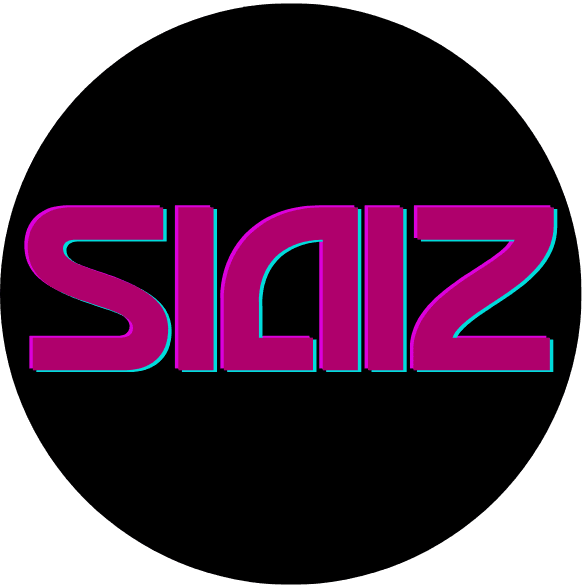
INFORMATION TECHNOLOGY
DIGITAL TRANSFORMATION
ARTIFICIAL INTELLIGENCE
DATA MANAGEMENT
SOFTWARE DEVELOPMENT
MOBILE APPLICATION
MULTI PLATFORM APPLICATION
MAINTENANCE
ERP
CUSTOMER RELATION



Business Process Optimization
Business Process Optimization (BPO) is the practice of analyzing and improving existing business processes to enhance efficiency, effectiveness, and adaptability. The goal is to reduce costs, increase quality, shorten cycle times, and improve customer satisfaction by streamlining workflows and eliminating waste.
Detailed Process Optimization: Step-by-Step Approach 1. Identify the Process to Optimize Select the critical or underperforming process(es) with the highest impact on business goals. Consider customer feedback, cost centers, or bottlenecks. Document the scope and boundaries of the process. 2. Map the Current Process (As-Is Process) Use flowcharts, BPMN diagrams, or value stream mapping to visualize every step. Identify inputs, outputs, roles, systems, and decision points. Collect quantitative and qualitative data (time, cost, error rates, customer satisfaction). 3. Analyze the Current Process Identify bottlenecks, redundancies, delays, and non-value-adding activities. Use root cause analysis (e.g., 5 Whys, Fishbone diagram) to understand underlying issues. Evaluate process metrics against benchmarks or industry standards. 4. Design the Optimized Process (To-Be Process) Brainstorm improvement ideas: automation, elimination of steps, parallel processing, improved resource allocation. Incorporate best practices and technology solutions. Ensure the design aligns with organizational goals, compliance, and customer needs. Simulate or prototype the process for validation. 5. Develop an Implementation Plan Define clear objectives, milestones, and KPIs. Assign roles and responsibilities. Plan for communication and training. Address potential risks and mitigation strategies. 6. Implement the Optimized Process Execute changes in phases or pilot runs if possible. Deploy new tools, update documentation, and train staff. Monitor the process closely to identify issues early. 7. Measure and Monitor Performance Collect data on key performance indicators (KPIs) post-implementation. Compare with baseline metrics. Use dashboards and reports to track ongoing performance. 8. Continuous Improvement Solicit feedback from stakeholders. Use methods like Six Sigma, Lean, or Kaizen for ongoing refinement. Update processes periodically to adapt to changes in the market, technology, or regulations. Common Tools & Techniques Used Process Mapping Tools: Microsoft Visio, Lucidchart, Bizagi Data Analysis: Pareto charts, control charts, histograms Root Cause Analysis: 5 Whys, Fishbone (Ishikawa) diagrams Process Improvement Methodologies: Lean, Six Sigma, BPM (Business Process Management) Automation Platforms: RPA (Robotic Process Automation), ERP systems, workflow management tools
Project Challenges:
Step Current Issue Optimization Approach Receive Invoice Manual data entry errors Implement OCR (optical character recognition) Verify Invoice Multiple verification steps Automate verification via rules engine Approve Invoice Delays due to manual routing Automate approval workflow Payment Processing Paper-based approval Digital signature and online payment Result: Reduced processing time by 50%, errors by 80%, and improved vendor satisfaction.
Copyright © 2025 SIAIZ. All Right Reserved














